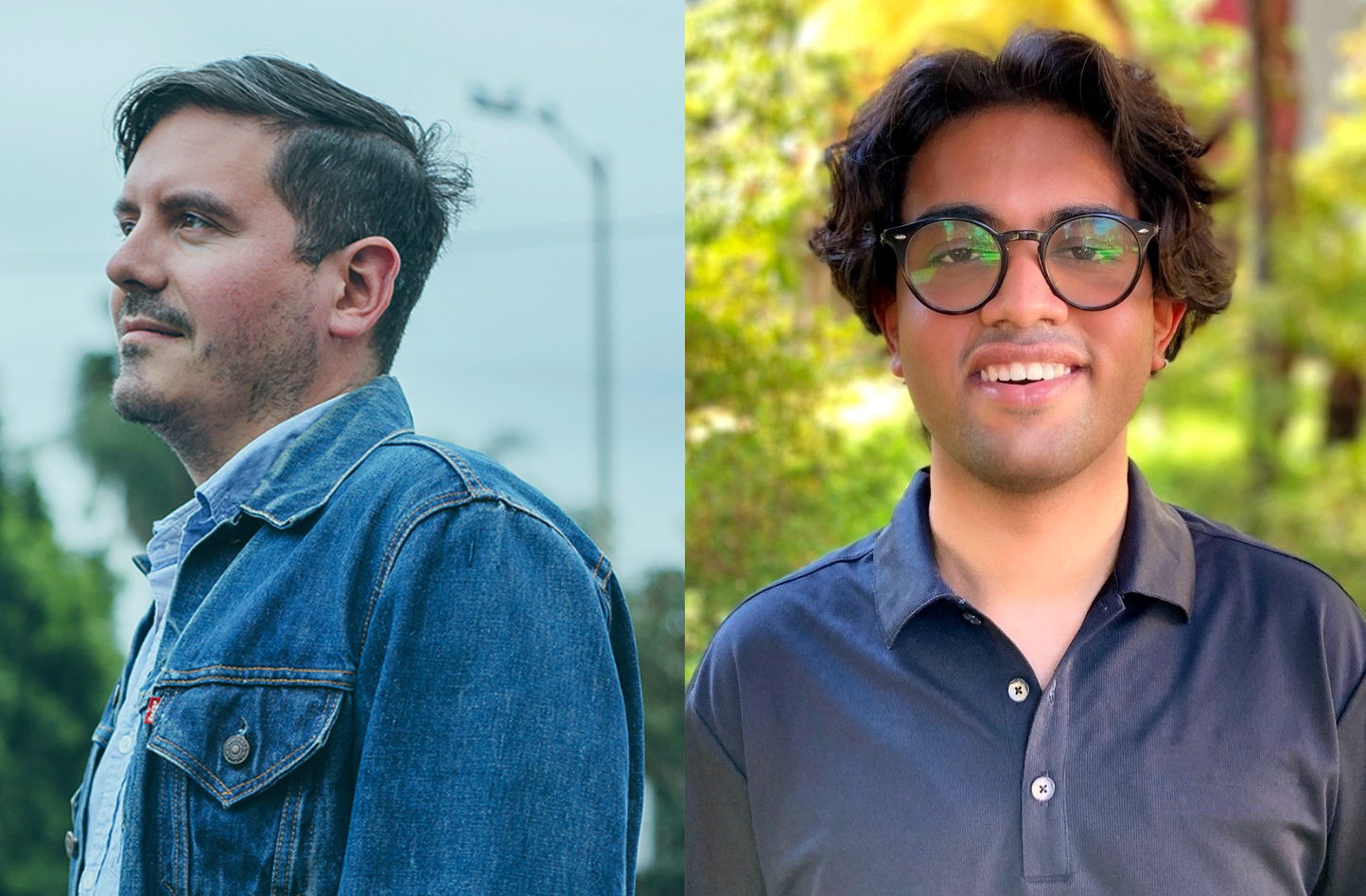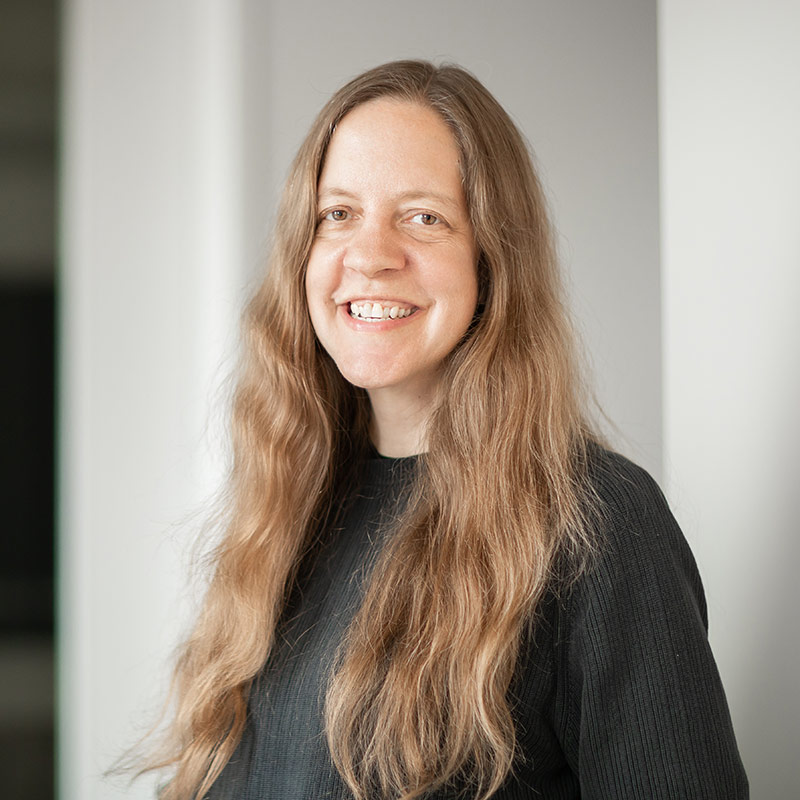2021 Lev Student Research Fellows Share Their Research With Testimonies

"Research With Testimonies: Featuring the Center's 2021 Lev Student Research Fellows”
Nicholas Bredie (USC PhD candidate in Literature and Creative Writing) and Atharva Tewari (USC undergraduate student, Global Studies and Journalism major)
2021 Beth and Arthur Lev Student Research Fellow
April 12, 2022
Nicholas Bredie (USC PhD candidate in Literature and Creative Writing) and Atharva Tewari (USC undergraduate student, Global Studies and Journalism major), joint recipients of the 2021 Beth and Arthur Lev Student Research Fellowship at the USC Dornsife Center for Advanced Genocide Research, delivered presentations about the research they conducted in the USC Shoah Foundation Visual History Archive (VHA) during their virtual residencies at the Center in the summer of 2021. Nicholas Bredie conducted research with testimonies of Holocaust survivors, and Atharva Tewari conducted research with the collection of testimonies by survivors of the anti-Rohingya mass violence in Fall 2017.
Nicholas Bredie
After a brief introduction to the novel he is writing that is partly based on the life of his great aunt Senta Doheme, Nicholas Bredie began his remarks by sharing about her life history, which included migrating from Hamburg to Ecuador after Kristallnacht in 1938 and then returning to Germany in 1944. One of the book’s foundational questions is at a time when Jews were fleeing Germany, why did Senta return to Germany, knowing the danger she faced? Bredie turned to the testimonies in the USC Shoah Foundation Visual History Archive to explore whether his great aunt would be mentioned in the testimonies and to find out more about the experiences that paralleled those of his great aunt. To investigate the mystery of why she returned and what she was doing after she returned, Bredie focused his VHA research on topics including migration to Ecuador and Latin America; exit visas, which Bredie’s family suspects that his great aunt may have been distributing after her return to Germany; Fuhlsbüttel prison, where Senta was detained in 1944; the Neuengamme concentration camp, where Senta was murdered in April 1945; and resistance since many of the prisoners who were taken from Fuhlsbüttel to Neuengamme in the same group as Senta were part of the resistance. Bredie estimates he watched portions of hundreds of testimonies during his monthlong research.
Bredie did not find direct connections to his great aunt in the testimonies in the archive but shared in his lecture many of the touching, inspiring, and influential testimonies that provide valuable insight and context for his work about his great aunt. He discovered the stories of Holocaust survivors who had been assigned to work at labeling spice bags who wrote poems with the materials they had been provided and exchanging them with others. He discussed the two Italian ships that provided one of the last routes for Jews migrating to Latin America. The ships went from Genoa to Guayaquil in Ecaudor and Valparaíso in Chile. His family always knew his great aunt had returned on an Italian ship. In the archive he learned more about them. Bredie played an excerpt from testimony and shared other stories about the demand and desperation for exit visas; the creative and dangerous means people went through to obtain them; and what Bredie powerfully described as the “extreme contingency of this means of escape.” Through the testimonies, Bredie described, he could visualize life in Hamburg, the journey from Germany to Guayaquil, and the mechanisms of this kind of escape.
The Q&A following the lecture included discussion of possible reasons for his great aunt’s return, the methodology Bredie followed for his research, index terms he used for searching the VHA, questions about his dual role as both a researcher and a writer, the responsibility he feels in approaching this material, questions about the Jewish community in Ecuador, and whether, in addition to contingency, luck, or coincidence, he found stories of people acting proactively to arrange their escape or support the escape of others.
To read the blog post about flight decisions that Nicholas Bredie references in his remarks, click here.
Atharva Tewari: “Rohingya, Not Bengali: Citizenship & Belonging from a Distance”
Atharva Tewari began his lecture by providing historical background for the persecution of the Rohingya, an ethnic Muslim minority in the predominantly Buddhist Burmese state, primarily living in Rakhine state. Their first language is dialect of Bengali called Chittagong Bengali. Their population was estimated to be 1.7 million before the ethnic cleansing in 2017.
Tewari briefly traced the disenfranchisement of the Rohingya, starting in 1784. Citizenship acts and identity cards have been major tools to marginalize Rohingya people, Tewari explained, providing examples from 1948, 1962, and 1982, when the Burma Citizenship Act recognized 135 national races but strategically excluded the Rohingya, rendering them stateless. Burmese media, government, and society use the term “Bengali” to describe the Rohingya. They do not see Rohingya as legitimate citizens but as illegal migrants who entered Burma from Bangladesh during the colonial period. Using the term “Bengali” is racist and denies Rohingya their identity and ethnicity, Tewari argued. After providing this historical backdrop, Tewari described the violence that the military and military-backed groups committed against the Rohingya in 2017, including razing of villages, sexual assaults, and mass killings. An enormous number of Rohingya refugees fled from Burma to Bangladesh. In 2017, 700,000 Rohingya fled to Bangladesh, and 600,000 remained in Rakhine state, the majority of whom are internally displaced.
During the Summer of 2021, Tewari analyzed the 11 Rohingya survivor testimonies available in the USC Shoah Foundation Visual History Archive. The interviews are with Rohingya refugees living in a refugee camp in Cox’s Bazar, Bangladesh. Tewari focused on analyzing how the distinction between Bengali and Rohingya is lived, experienced, and articulated by the Rohingya survivors and what it means for these survivors to assert belonging to a state whose project was the elimination of the Rohingya. In the remainder of the lecture, Tewari offered quotes and examples from testimonies that speak to these questions. In many of the examples Tewari offered, survivors talk explicitly about identity and identity cards, explain that they are indigenous to Burma, they are entitled to recognition of their Burmese citizenship and nationality and recognition of their Rohingya identity. “They try to demolish and forget the Rohingya. They try to make us Bengali though we are not,” Rohingya survivor Nurusseher explains. The issue of labeling and recognition comes up again and again in the testimonies, Tewari discovered.
Tewari explained that the testimonies contain survivors imagining a future return to Burma as legitimate citizens, even as government employees in the case of a couple of the quotations he shared where survivors insist on Rohingya getting government jobs, participating in the state’s machinery, despite the state’s efforts to destroy and expel the Rohingya. Tewari concluded his lecture by emphasizing the significance of the “not Bengali” distinction the Rohingya are asserting as part of their claims to Burma and to their own ethnicity, despite the Burmese state’s decades-long attempts to expel them. Being Rohingya is equally about being Burmese, Tewari argued. The state materialized the label of “Bengali” on the Rohingya by driving them out. The Rohingya survivors’ eagerness and insistence to go back to Burma, their imagining of participating in the state building and functioning that led to their persecution, their “imagining of a belonging,” as Tewari powerfully described it in his conclusion, are about not letting the state win.
The Q&A following Tewari’s discussion included questions about how he became interested in this topic, his interests in and work with refugees, the demographics of the survivors in the testimonies, the varied way survivors reference their Muslim identities, the exclusionary acts through history, the fact that several survivors still have and show their identity cards in their testimonies (having taken them with them when they fled), the unique qualities of the Rohingya testimonies given the immediacy of the events, the setting of the interviews in the refugee camp, and defining consent in interviews in this setting.
Summary by Martha Stroud
Like this article? Get our e-newsletter.
Be the first to learn about new articles and personal stories like the one you've just read.
